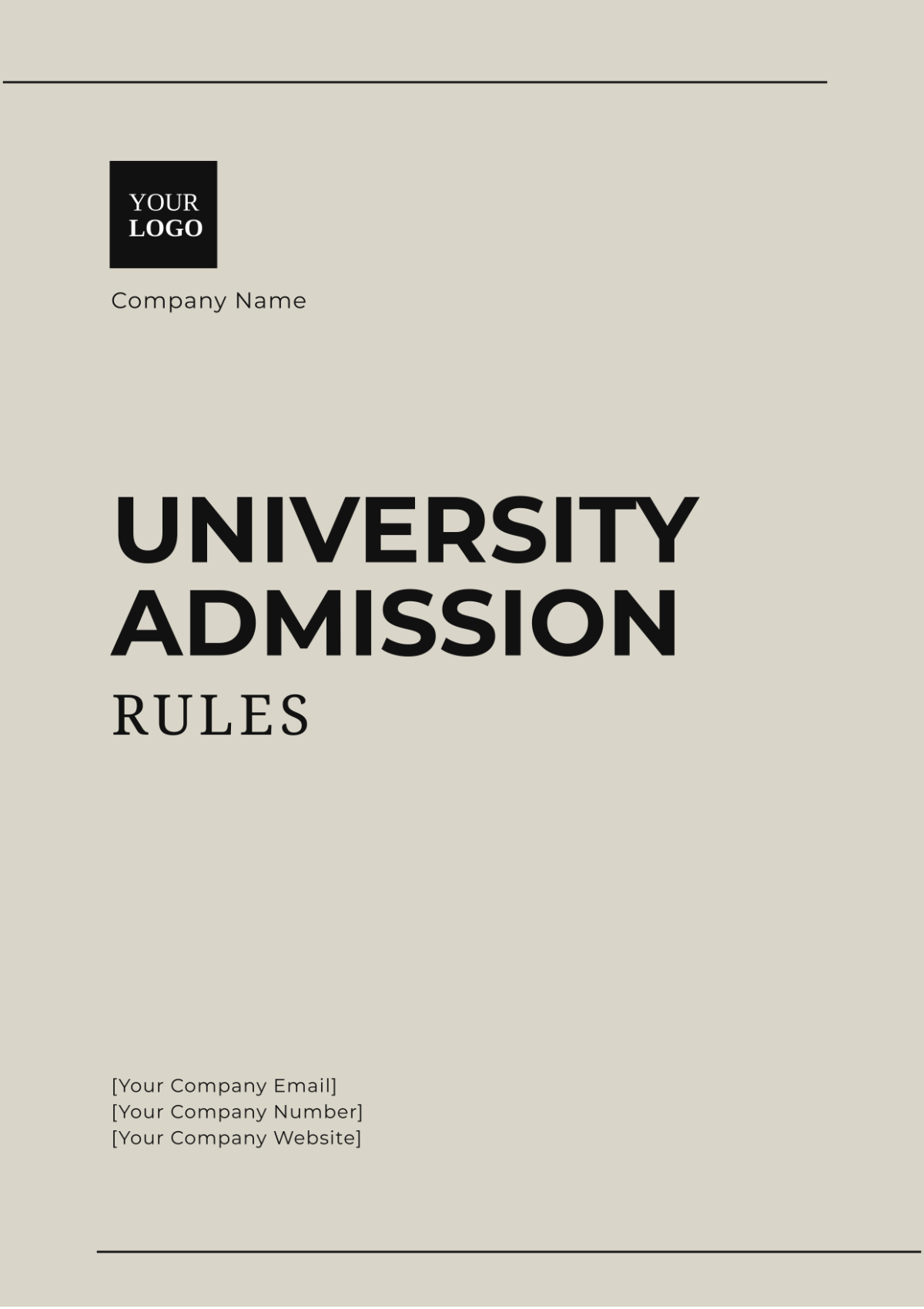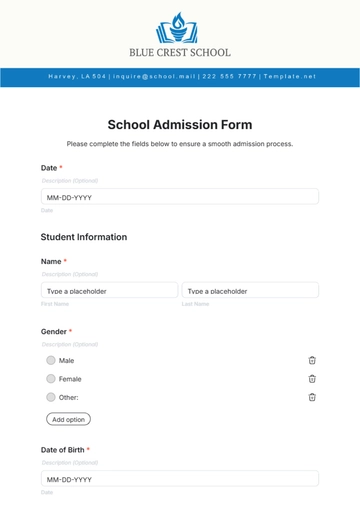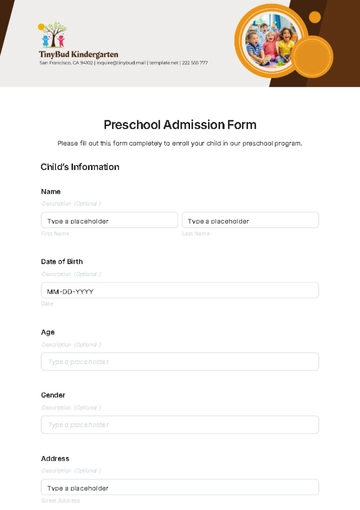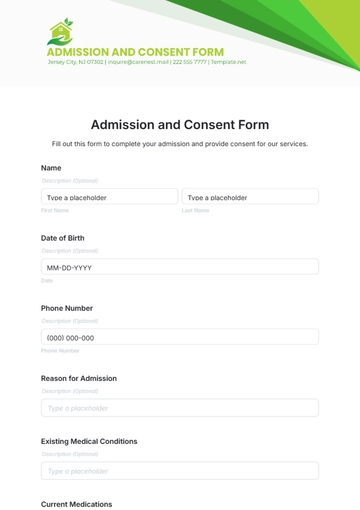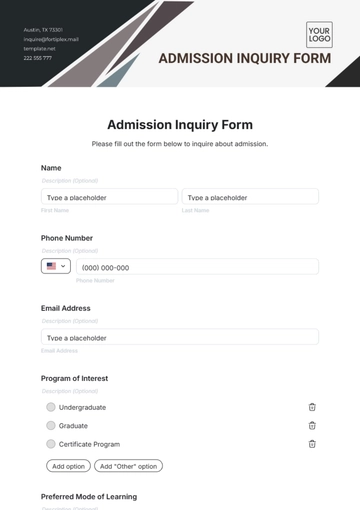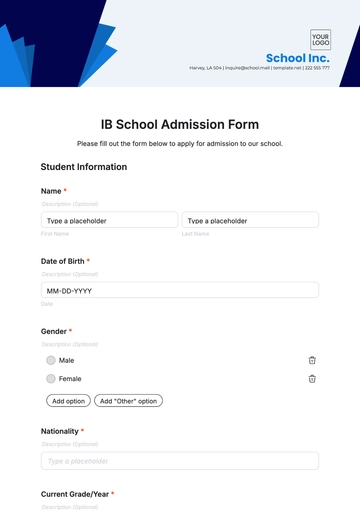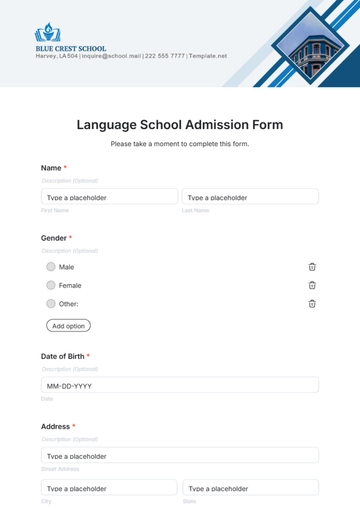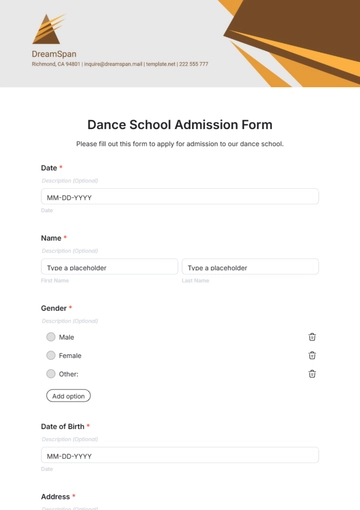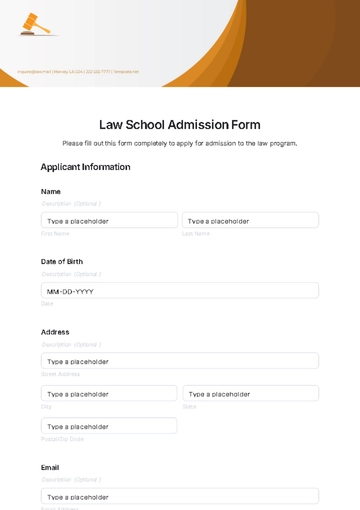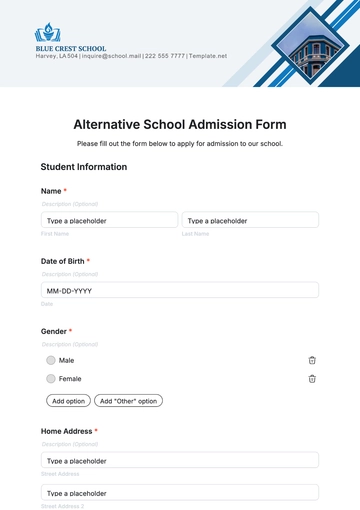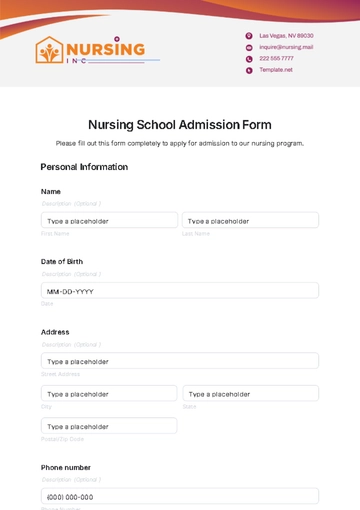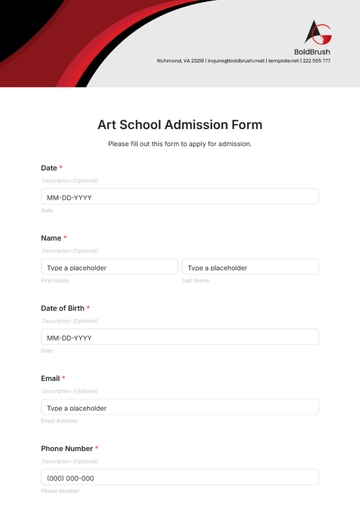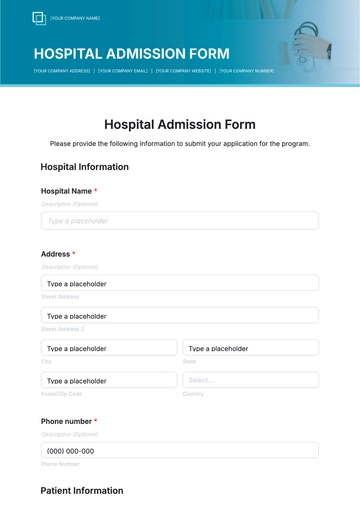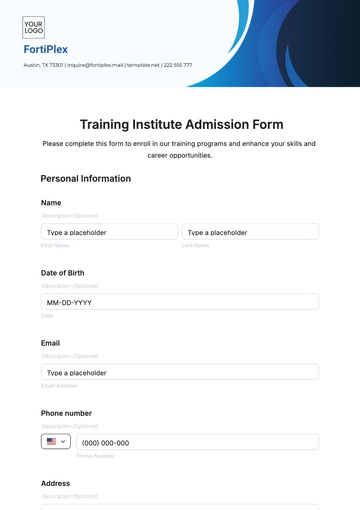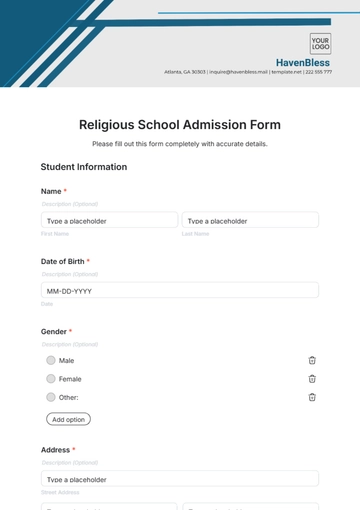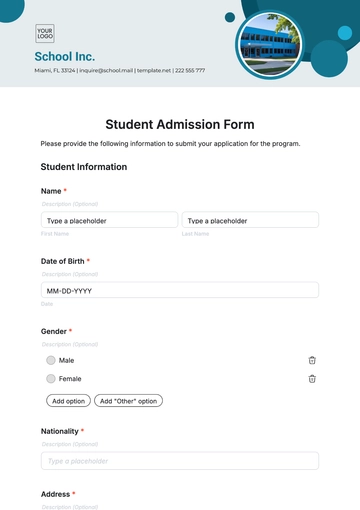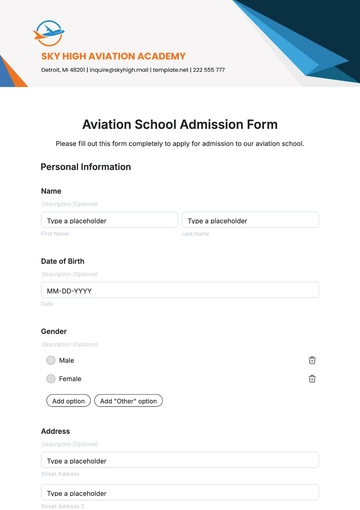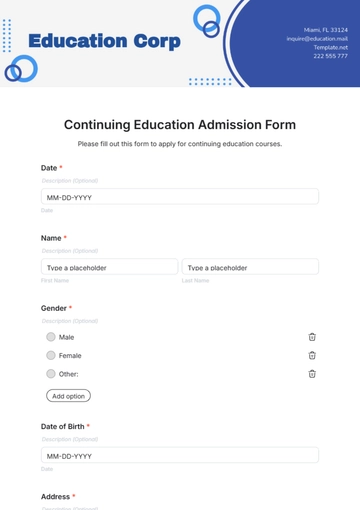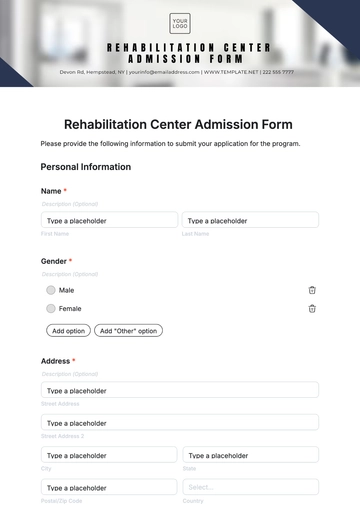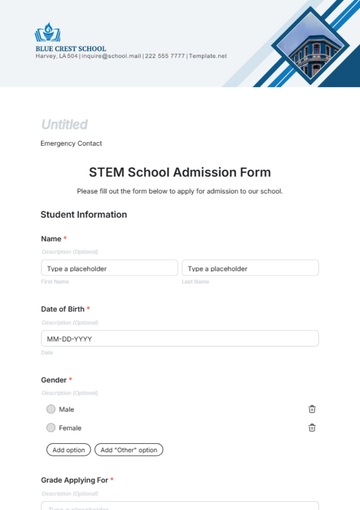University Admission Rules
1. Introduction
Academic institutions establish specific guidelines and criteria to govern the admission process. These rules ensure a standardized approach to evaluating applicants, maintaining fairness, and upholding academic standards. Below is an extensive, structured overview of these rules, divided into key sections and subsections for clarity.
2. Admission Requirements
2.1 Academic Qualifications
2.2 Application Materials
Application Form
Personal Statement or Essay
Purpose and focus of the essay
Specific prompts or questions
Formatting and length guidelines
Letters of Recommendation
Number of required letters
Types of recommenders (e.g., teachers, employers)
Submission process
Resume or CV
Portfolio (if applicable)
Requirements for specific programs (e.g., art, design)
Submission formats (e.g., digital, physical)
3. Application Process
3.1 Application Deadlines
3.2 Application Fee
Fee Amount
Payment Methods
Accepted payment options
Refund Policies
3.3 Application Review
4. Admission Decision
4.1 Notification Process
Decision Dates
Timeline for decision announcements
Notification methods (e.g., email, postal mail)
Types of Decisions
4.2 Acceptance Procedures
Acceptance Response
Deposit Requirements
Amount and due date
Refund Policies
5. Special Considerations
5.1 International Students
5.2 Transfer Students
Credit Transfer Policies
Application Requirements
5.3 Non-Traditional Students
6. Appeals and Reconsiderations
6.1 Appeal Process
Grounds for Appeal
Submission Procedure
6.2 Reapplication
7. Conclusion
Adhering to these guidelines and criteria helps ensure a transparent, fair, and effective admission process. Prospective students should carefully review each institution's specific requirements and procedures to enhance their chances of successful admission.
Rules Templates @ Template.net
